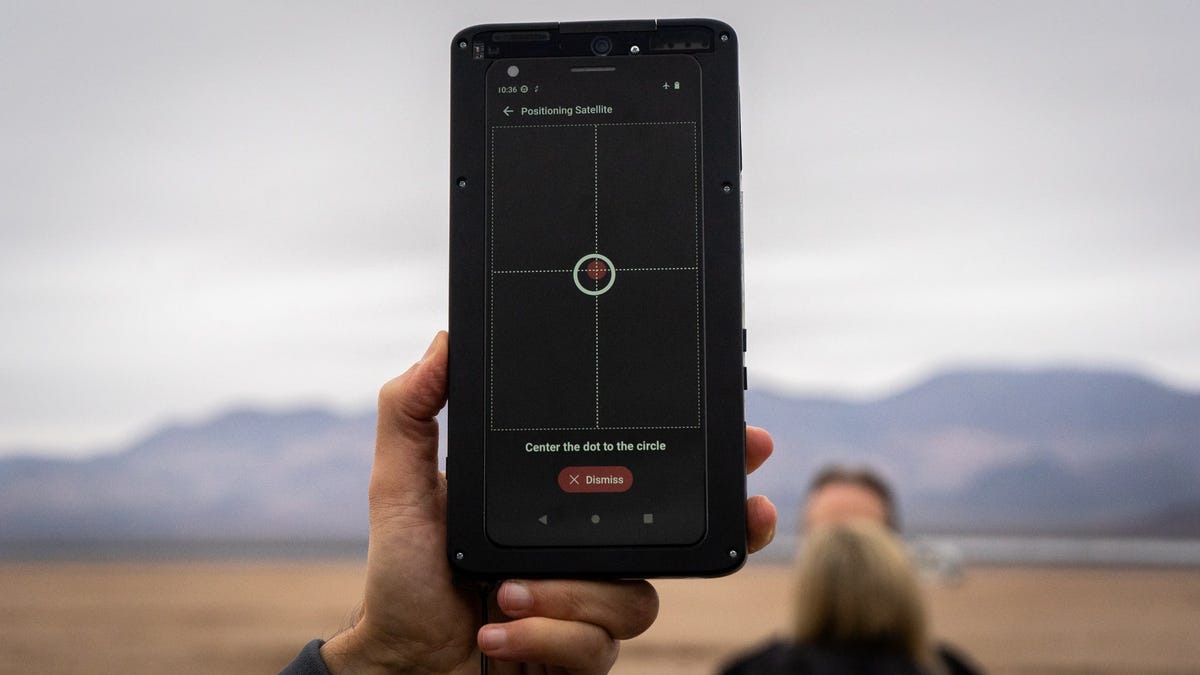Why do they want to make this ridiculously niche feature the make or break for flagships? Most of the world - by far most of Androids users - do not live in the depopulated Americas. I can’t remember the last time I didn’t have coverage.
I take it you have never been to mountains or driven through rural areas? Cell coverage is line of site.
I live in Ireland, rural areas is mostly what we have. We don’t have national parks the size of Nigeria though.
I never paid particular attention to national park sizes until seeing your comment. “Everything is large and far away” is just part of the mindset in the US. :) Looked them up, and Nigeria would only rank as #23 for total land area compared to the US national parks… Crazy.
This was the dumbest thing to say. Obviously you don’t know anything about radio waves propagation. 4G for example have different frequency bands ranging from 700MHz till 2500MHz and radio waves can propagate not only using line of sight (LOS) but also by reflection, diffraction (bending around obstacles) and scattering. Saying that they rely solely on LoS is misleading!
GSM radio waves can penetrate buildings and obstacles but this of course attenuates. The propagation depends on the frequency, and as a general rule of thumb the lower the frequency the higher the coverage but lower the bandwidth, that’s why GSM operators are usually using higher frequency in densely populated areas and lower frequencies in sparsely populated areas. The coverage depends on their GSM network, how it is optimised and designed and usually operators need to choose what areas to cover and not to.
This was not the dumbest thing to say at all. For all your extra words, those high frequencies are de facto line of sight. If you live in the mountains anywhere remotely rural you know this is true. Also, the low frequency bands are known for their penetration and diffraction, but even VHF (~150MHz) is considered line of sight due to its low diffraction. On what basis are you so confident? Neither physics or empirical evidence back you up. Pretty high-handed with your, “dumbest thing to say,” comment.
Not to mention that the satellite connection was meant for emergency calls and emergency calls already attempt to used ANY available cellular connection (not just your own carrier). This feature is only useful for people who spend considerable time outside of cellphone coverage areas and those people would be better served by an actual satellite phone.
Being 5% faster than the previous generation isn’t a great selling point, so they’re grasping for straws.
This is the best summary I could come up with:
Safety is a major selling point in a society that profits from fear-mongering, so I’m scratching my head about the canceled plans for Android’s version of satellite connectivity.
Qualcomm, the maker of the most popular chip powering Android devices, planned to sell the capability for satellite connectivity to the manufacturers.
“While I’m disappointed that this partnership didn’t bear immediate fruit, we believe the direction of the industry is clear toward increased satellite connectivity in consumer devices,” said Iridium CEO Matt Desch.
I had hoped Android would follow suit with this personal safety feature by the end of the year, as Qualcomm projected in January.
I’ll be curious to see if Iridium and Google will offer satellite connectivity for Pixel users before the rest of the Android ecosystem hops on board.
Regardless, with all the coverage around lives saved because of the availability of this feature on the iPhone, calling for help via satellite will become the bonafide extra value-add for flagship smartphones.
The original article contains 566 words, the summary contains 162 words. Saved 71%. I’m a bot and I’m open source!



